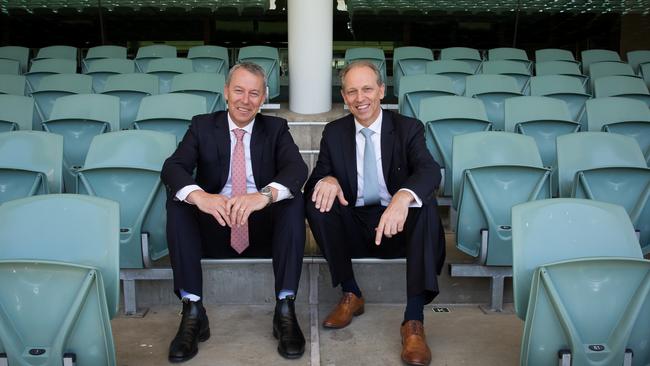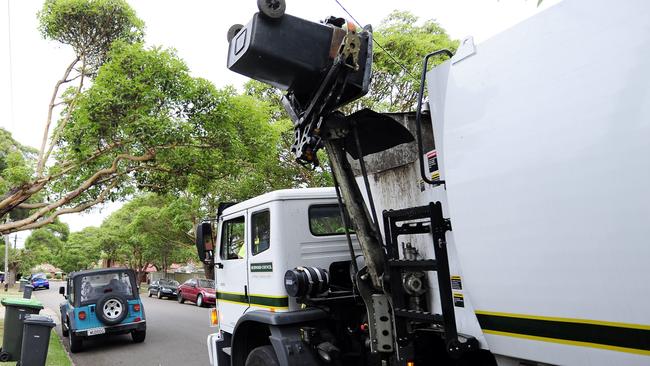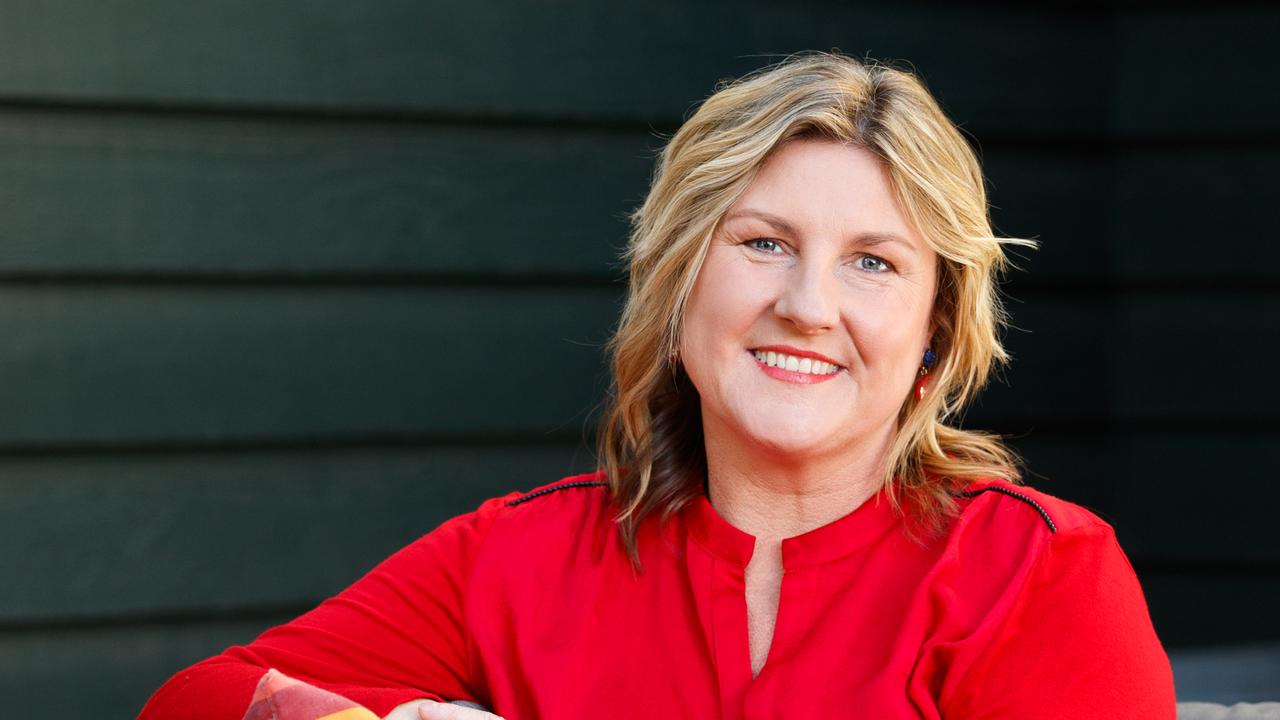Adbri has plans for our wheelie bin trash
Kerbside waste, including nappies, are part of a unique trial by construction business Adbri to stay competitive.

Business
Don't miss out on the headlines from Business. Followed categories will be added to My News.
Construction materials giant Adbri has started a 24-month trial project in SA to power its cement-manufacturing capability at Birkenhead with fuel derived from kerbside waste.
Adbri pioneered the use of refuse-derived fuel (RDF) from combustible construction, demolition and commercial waste in 2004, alongside ResourceCo.
Now putrescible waste, including kerbside and municipal trash, plastics, and nappies will be used to make a different RDF to supplement the needs of Adbri.
The trial involves the support of waste transfer stations to separate organic matter from combustible waste, a lot of which currently goes into landfill.
RDF2 will be made differently but used similar to RDF1.
Last year, Adbri secured the title over its Sellicks Hill Quarry land, locking in resource for at least seven decades.
“We were the first cement producer in Australia to use refuse derived fuel,” Adbri chief executive Nick Miller said.
“Majority of the cement kilns in Australia are coal-fired, but we use gas and RDF at Birkenhead.
“We view ourselves as a leader in green cement for that reason, using 25-26 per cent of RDF.”

SA environment regulator EPA has now given Adbri approval to increase its use of RDF from 15 tonnes per hour to 25 tonnes per hour.
“That is exciting because it means we can take the use of RDF from mid 20s to in excess of 50 per cent.
“That is our objective between now and 2025.”
In Europe, some kilns use 80-90 per cent alternate fuels.
“That’s way off for us, but getting to 50 per cent alternate fuels is a massive step and it’s really important in terms of how competitive our cement plant in SA can be relative to global cement producers,” Mr Miller said.
Mr Miller said he was confident of taking the current utilisation of the existing RDF to 38-40 per cent.
“The (RDF2) trials come on top of that in terms of additional RDF material.
“That journey is a 24-month process, that is our expectation.”
A separate trial on developing a similar resource for its lime kiln in Munster, south of Perth in WA, is ongoing as part of a broader project focused on innovation and lower emissions.
Adbri’s aspiration is to have net zero carbon emissions by 2050.

“Since start of the RDF scheme, we’ve diverted 2.3 million tonnes of material from landfill, half made into RDF and the other half into recycled aggregates and recycled steel.”
While Adbri was building its “road map to zero emissions”, it was also supportive of government intervention on access to gas.
“Energy is a key driver in the cost effective production of cement and clinker, and it is critically important to remain competitive against imports.
“We are keen to support the (federal) government around energy policy to open up more access to gas.
“The use of domestic gas reservation means domestic users of gas are not subsidising export processing facilities.
“We need to ensure we can maintain our competitive position against imports while ensuring local jobs are safe,” Mr Miller said.
Originally published as Adbri has plans for our wheelie bin trash



